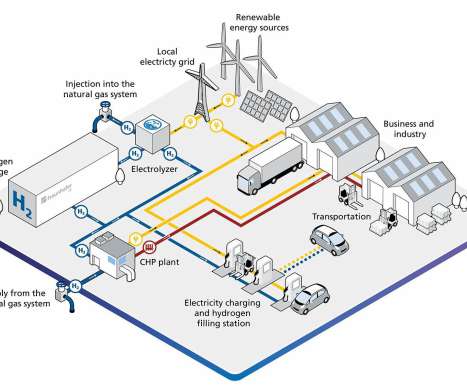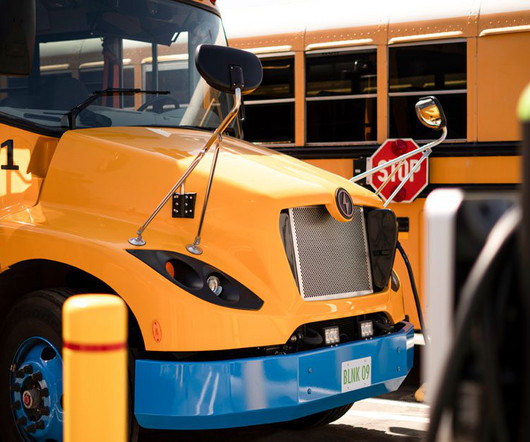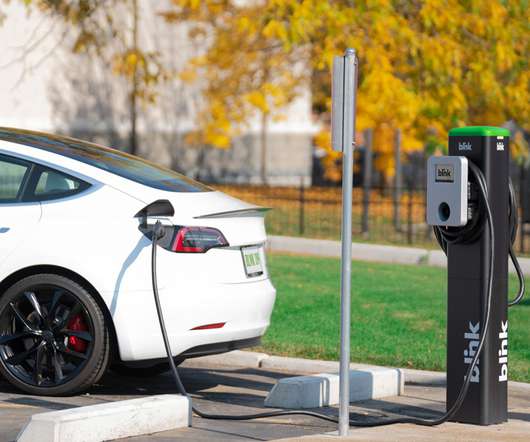Fraunhofer IFF team designing hydrogen factory of the future
Green Car Congress
APRIL 11, 2020
Electricity sourced from sun and wind is used to split water into hydrogen and oxygen in a process called electrolysis. The hydrogen is stored and can be converted by fuel cells in vehicles back into electricity that powers them. We additionally want to supply electricity, gas and heat to industry. © Fraunhofer IFF.























Let's personalize your content